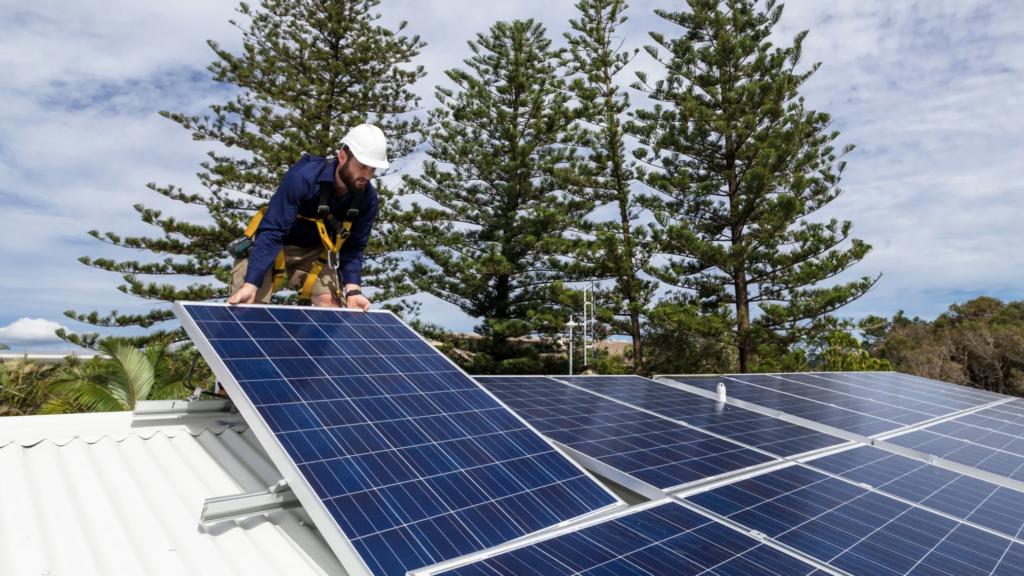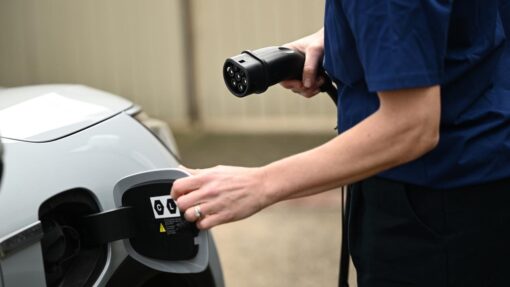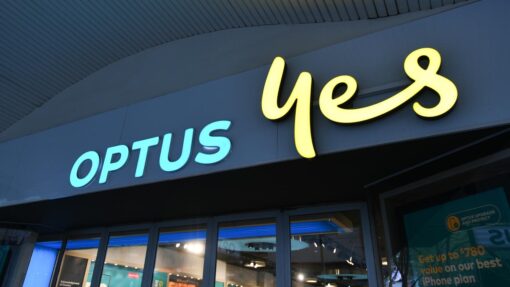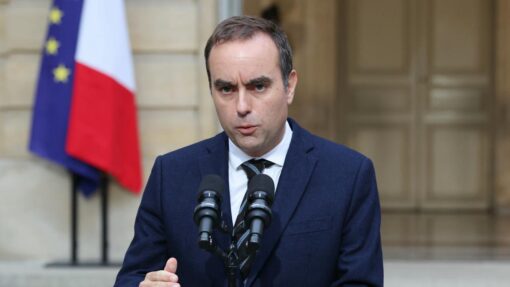Green power switch will save Greater Brisbane homes thousands of dollars
Richard Dinnen - Queensland Editor |

Clean energy advocates Rewiring Australia say Greater Brisbane homes could save almost $5000 a year by switching to renewable energy.
They’ve released a plan – Rewiring Greater Brisbane – that says full renewable electrification of cars and households by 2030 would save locals $4 billion and create 24,000 jobs.
Rewiring Australia chief scientist Saul Griffith said Australia could lead the world by using renewable electricity to power homes and vehicles, creating local jobs and revenue.
The plan says spending on installing zero emission appliances could create 750 new local jobs, while economic flow on effects across south-east Queensland could spark the indirect creation of up to 24,100 new jobs.
It says existing technologies and equipment will improve and get cheaper over time. Solar panels, smart inverters and switchboards supply power and feed it to and from the grid.
Gas appliances like heaters and hot water could be replaced with heat pumps powered by renewable electricity.
Dr Griffith launched the plan this week. He said a significant slice of the answers to Australia’s energy challenges can be found at home.
“It’s the decisions that we make around the kitchen table that affect 40 per cent of the emissions in the country.
“A lot of the solutions are right there. We just need to electrify our homes and everything in them. Our furnaces, hot water heaters, even the way we cook.
“It means electrifying our cars, so they use way less energy, and they’re quieter, cleaner, faster.
“We supply all that with our clean, efficient sources of electricity – wind, solar and renewables.”
Dr Griffith said the Rewiring Greater Brisbane plan addresses climate change and cost-of-living at the same time with no change to lifestyles.
The plan acknowledges the impact of up-front costs, the biggest being the replacement of petrol and diesel cars with electric vehicles.
Dr Griffith said the predicted savings take upfront costs into account based on people being able to secure finance.
“We need low-cost finance so we can make the right purchasing decisions every single time.
“We need to provide great financing for the solutions for climate change. We need to do that when you’re going to buy a heating solution for your house, when you put solar on the roof, when you’re out buying a vehicle.”



